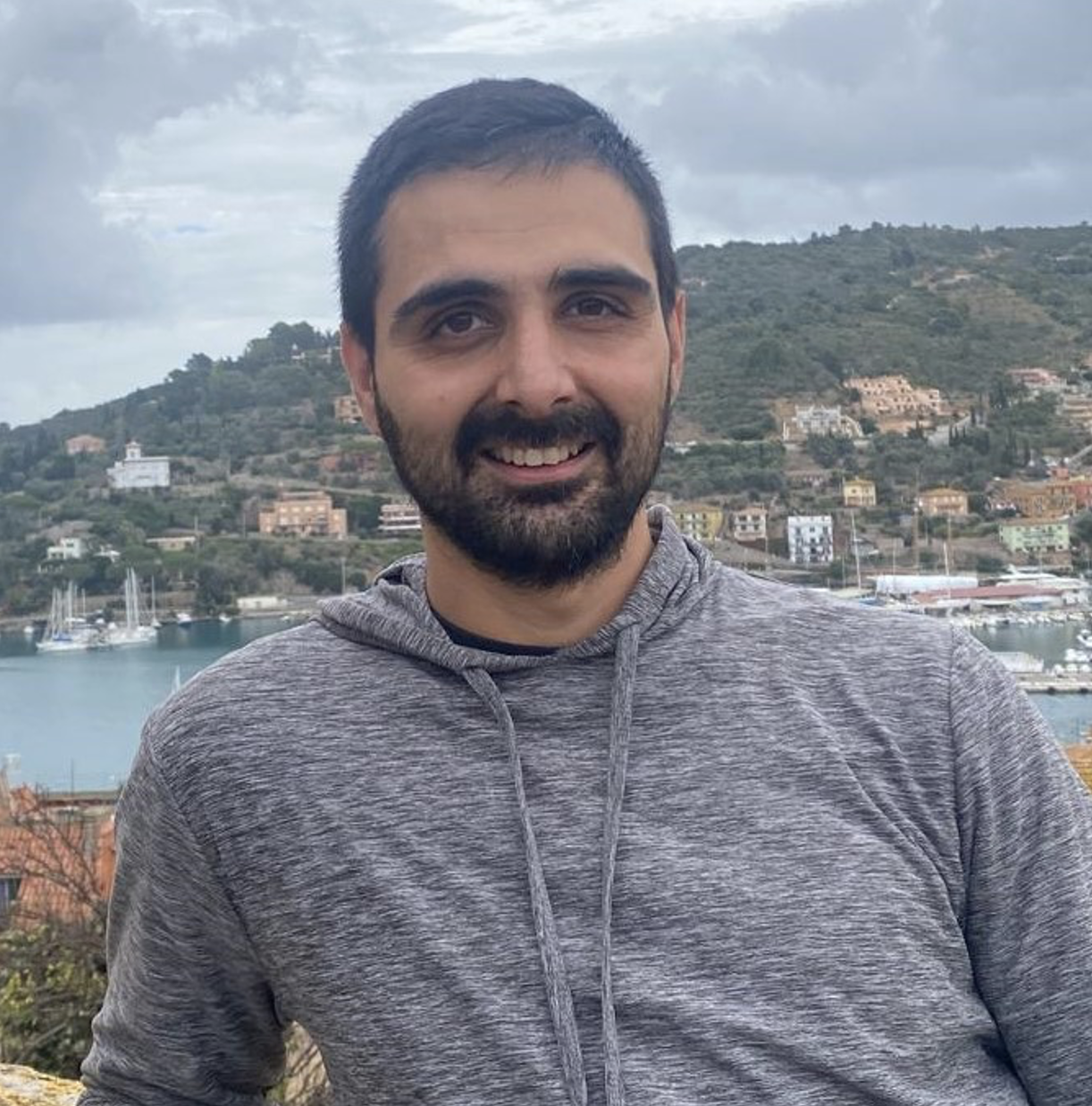Stanislao Travisano, Children's Hospital Los Angeles, USA
-
Le 26 September 2024Amphi DEfalse false
-
13h00
Conserved Human and Zebrafish Tissue Interactions and Cellular Signaling in the Epicardium direct Cardiac Development and Regeneration
Conserved Human and Zebrafish Tissue Interactions and Cellular Signaling in the Epicardium direct Cardiac Development and Regeneration
Stanislao Travisano, PhD, Senior Postdoctoral Researcher
Children's Hospital Los Angeles, University of Southern California, USA
The Saban Research Institute
Abstract
Cardiac development and regeneration involve intricate tissue interactions and signaling pathways that are crucial for proper heart function and repair. Recent single-nuclei multiomic analyses of human fetal hearts have unveiled a specialized population of cardiac lymphatic endothelial cells (LECs) within the epicardium, intimately associated with coronary arteries. These LECs, characterized by PROX1 and the lymphangiocrine RELN, demonstrate significant plasticity and heterogeneity. Notably, VEGFC expression in arterial endothelial cells plays a critical role in arterial-lymphatic patterning, illustrating a conserved signaling mechanism that regulates the development of cardiac lymphatics in the fetal heart.
In parallel, zebrafish offer a unique model for studying heart regeneration due to their exceptional capacity for tissue repair. Our analysis of extracellular vesicles (EVs) from regenerating zebrafish hearts, combined with miRNA profiling, reveals key miRNAs that influence inflammatory responses, fibrin/collagen deposition, and cardiomyocyte proliferation. A key finding is the role of the chemokine receptor Cxcr4a, which is essential for both coronary vessel formation and regenerative processes. During heart regeneration, Cxcr4a is essential for the patterning of arterial endothelial cells with cortical cardiomyocytes, highlighting its critical role in coordinating vascular and myocardial repair mechanisms.
Integrating these insights, CXCR4 and VEGFC signaling are critical for both fetal cardiac development and heart regeneration. VEGFC produced by CXCR4-expressing arterial endothelium directs lymphatic-endothelial interactions in the developing human heart, while Cxcr4a orchestrates vascular and myocardial patterning during zebrafish heart development and regeneration. This dual-perspective approach underscores the conserved nature of these pathways across species and their essential roles in cardiac tissue patterning and repair.
Biography
Stanislao Travisano earned his PhD in 2018 at CNIC, Madrid, studying Notch ligands Jag1 and Dll4 in coronary arterial development, with a focus on endocardial progenitors in the sinus venosus. He completed a postdoc at Stanford with Thomas Quertermous, researching epigenetic and transcriptional mechanisms in smooth muscle cells and gene variants in coronary artery disease. At Children’s Hospital Los Angeles in Dr. Ching-Ling Lien’s lab, he pioneered work on human fetal heart lymphatic endothelium, regulated by PROX1 and ETV factors. conserved zebrafish lymphatic progenitors signalling and studied exosome-mediated miRNA paracrine function during zebrafish heart regeneration.






